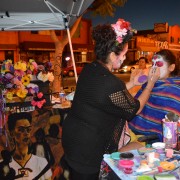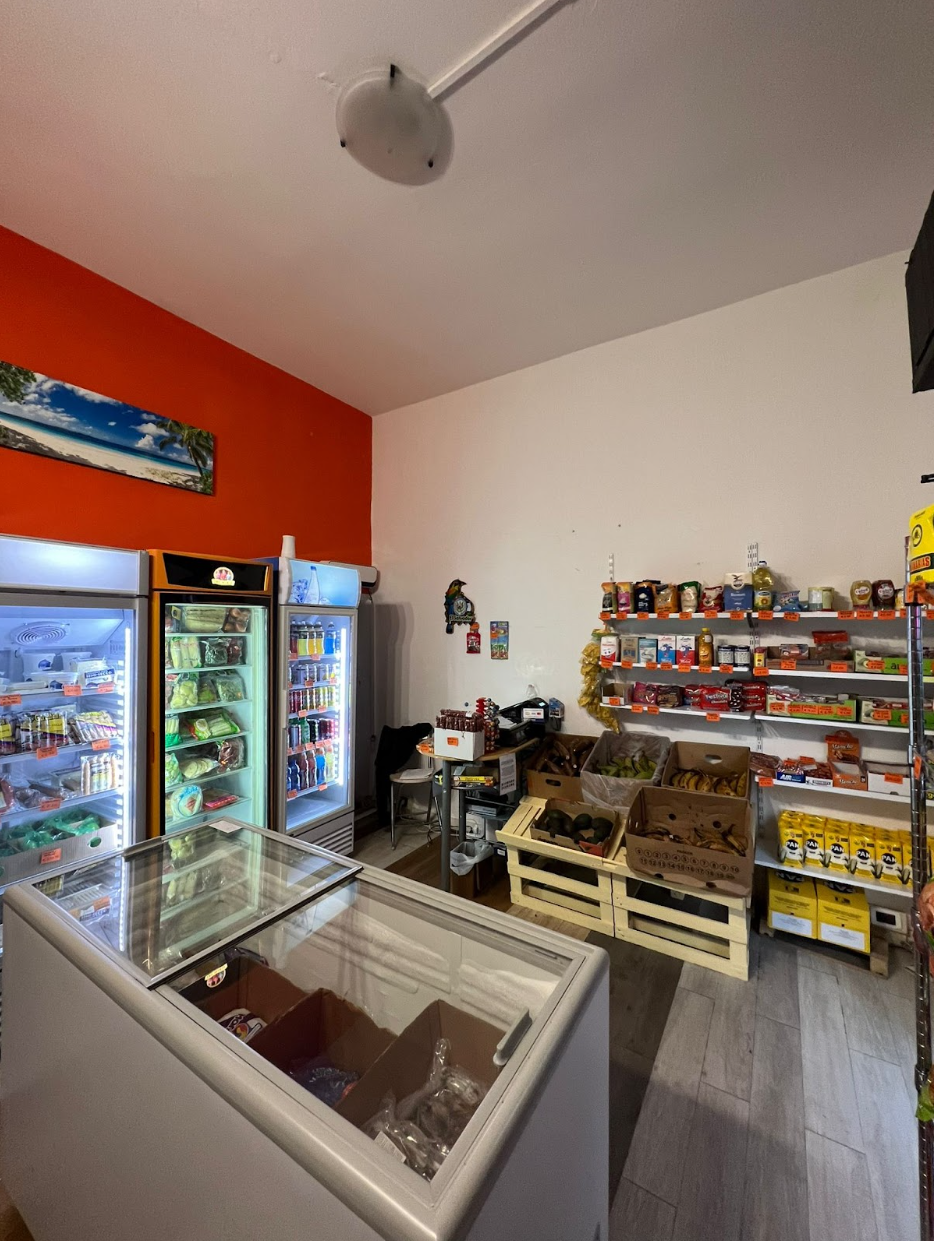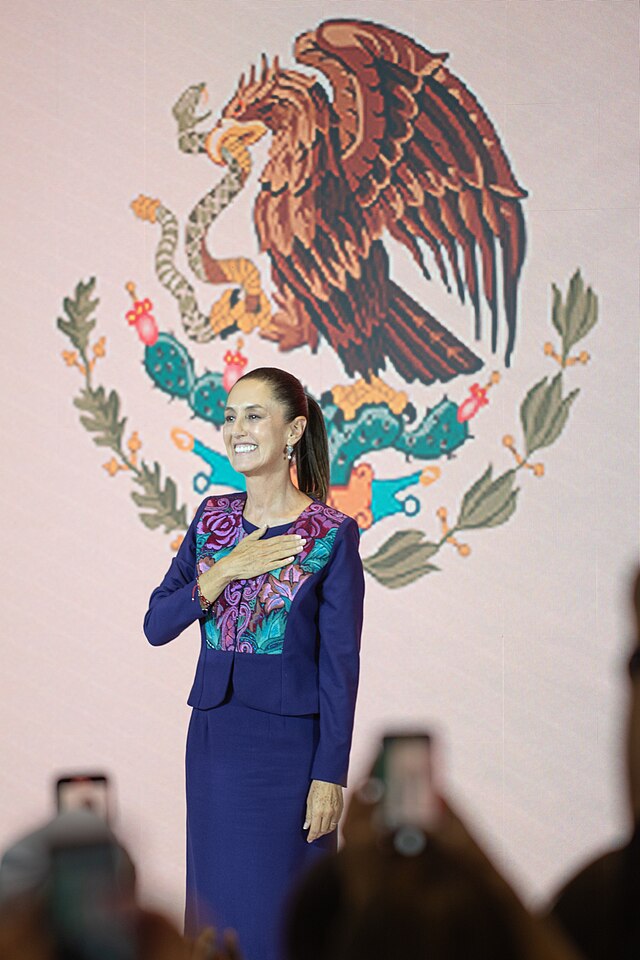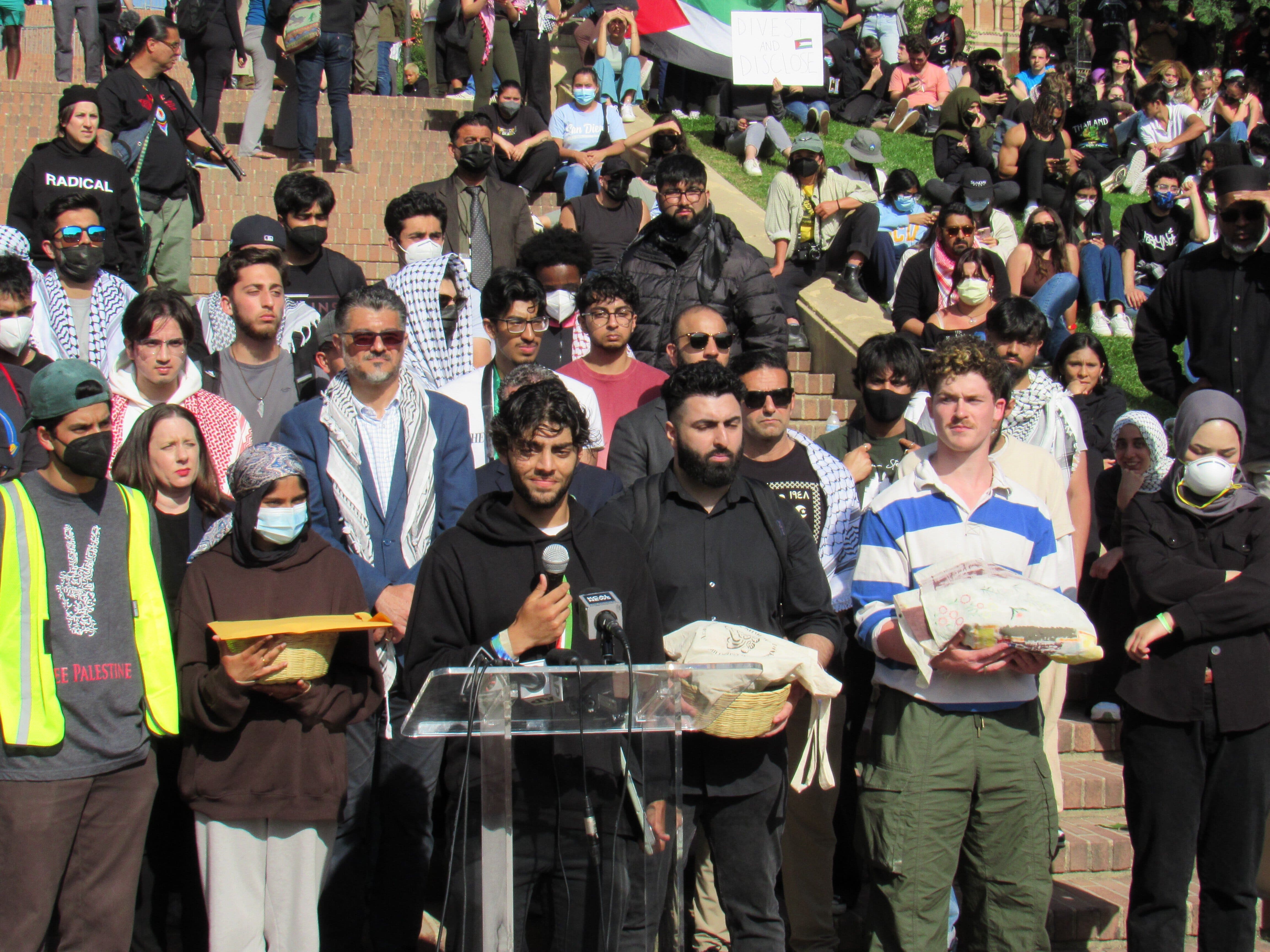Unmasking UCLA: Bridging the Gap Between Rhetoric and Action in Serving Latine Students
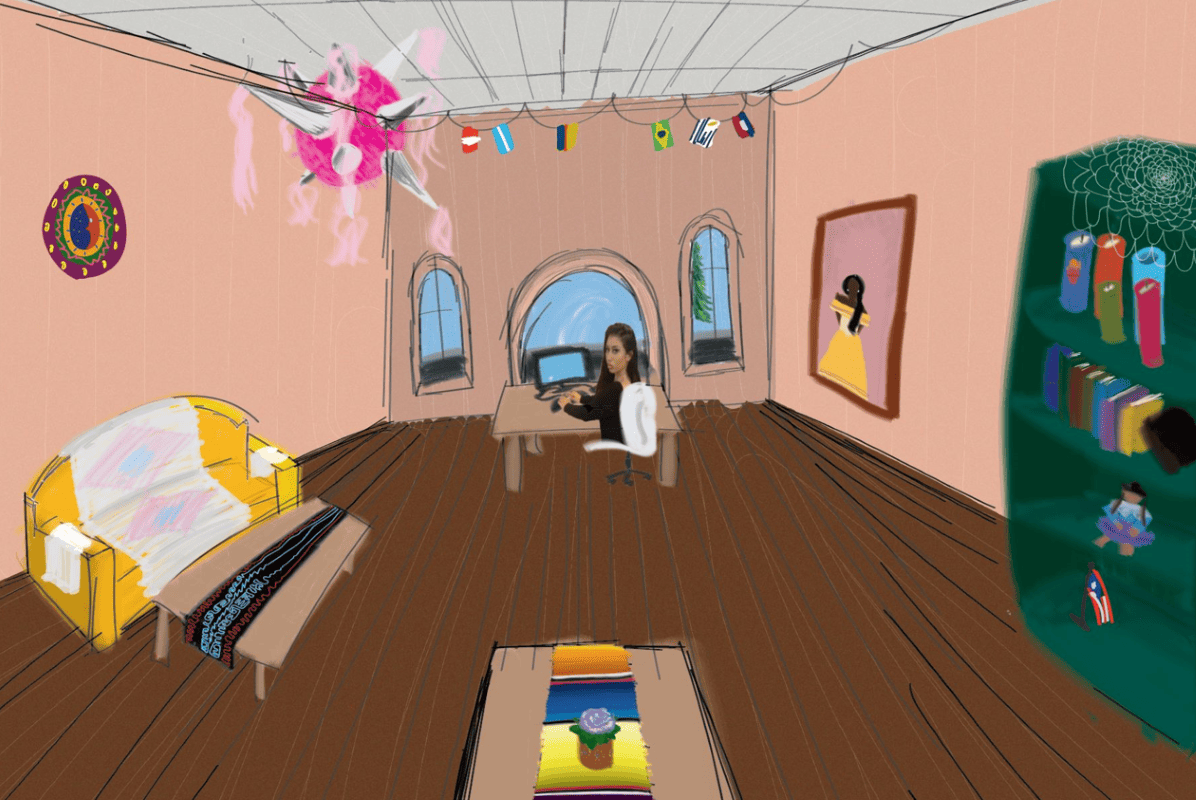
Visual by Tommy Correa
The University of California, Los Angeles, prides itself on its diverse student body. Naturally, one would expect an inclusive environment that caters to the unique needs of every community. However, for Latine students, the reality often falls short of the promises made by the institution. UCLA’s recent announcement of its mission to become a Hispanic-serving institution by 2025 has sparked a conversation and ignited a deep dive into why UCLA is still the only University of California without an established resource center for Latine students.
Considering the presence of Latines at UCLA from the early establishment of the institution to the years of increased activism and social and political unrest, a Latine Resource Center is well overdue. The Chicano Movement, in particular, played a pivotal role in raising awareness about the challenges faced by Latine students. It led to the establishment of various Latine-led campus organizations such as MeCHA (Movimiento Estudiantil Chicano de Aztlán; now renamed Empowering Latines Against Struggle [ELAS]), the creation of the Chicano Studies Research Center in 1969, and the establishment of Chicano Studies as an interdepartmental program in 1973. However, the establishment of these spaces for Latines did not come without challenge, and in the 1990s the economic recession left California institutes of higher education in a difficult position, which threatened the interdepartmental program. This ignited a 14-day hunger strike in the spring of 1993 from students and faculty united in an act of civil disobedience. The activists demanded the establishment of an organized, better-funded, and fully staffed department of Chicana and Chicano Studies. Activists also argued that the arrangement in place was not acceptable for the largest public university with the nation’s largest Mexican-American population. However, despite activists’ efforts, this issue went unsolved as the Chancellor at the time, Chancellor Young, announced his refusal to establish a department for Chicano Studies. Consequently, activists began to put pressure on officials and demanded negotiations for the department’s establishment. The result of the hunger strike was the development of a new academic unit and interdisciplinary instruction with established faculty positions. The impact of the strike is reflected in the goals of activists to empower the next generation of Latines through the permanent establishment of a Chicana/o Studies department. These organizations and academic disciplines have continued to grow at UCLA, with student activism being located at the heart of it.
In the present day, data from 2018 and 2022, reveals that UCLA is one of the leading Universities of California, with a monumental 22% Latine student enrollment among all newly enrolled undergraduate students. Additionally, UCLA is the leading campus in percentages of Latine applicants with 24% and 25% respectively for freshman and transfer applicants. Similarly, UCLA is one of the only UCs without a Latine Resource Center, as other UCs such as UC Santa Barbara, UC Berkeley, and UC San Diego have already established resource centers. These statistics demonstrate the prevalent presence of Latines at UCLA and urge the question, why has the institution not established a resource center to support the needs of Latine students and truthfully reflect its diverse student population?
The Hispanic Serving Institution initiative held a Student Summit Memorandum earlier in May 2023 in which students voiced their opinions on what it would take for UCLA to truly become an institution that serves the Latine student population. One of the main topics discussed in the student summit was the establishment of a Latine Resource Center on campus that is fully accessible to students. The resource center would serve as a space for student-led organizations, mentorship programs, and all Latine-identifying students to come together. The resource center would eventually become “the nexus of the diverse Latine community and cross-campus connections.” A meeting of the Latinx Success Center Student Collaborative took place in Summer 2023 for students to share their perspectives and vision for the achievement of the center. Once again, accessibility of the center was a main point discussed, concluding that its location be central to campus to allow for all students to access it. Students at the meeting advocated and have continued to advocate for a well-staffed, financially sustainable, and well-resourced on-campus center so that Latine students receive the access and visibility of resources we deserve.
UCLA has attempted to demonstrate its support for Latine students through the creation of various campus programs, such as the Chicanx/Latinx Living Learning Community (LLC) in on-campus housing. The LLC attempts to “ensure equal access to academic resources in an environment that understands where you’re coming from.” It is characterized by a singular floor in Sproul Hall dedicated to the flourishing of community among Chicanx/Latinx students. Throughout the academic year, students can participate in organized programs and events that promote the academic success and transition of Latine-identifying students into UCLA. Despite this demonstrated effort, the LLC falls short of its promises to create a sense of community for students due to its singular floor dedicated to the LLC. This prompts the question: if the motive behind the LLC is to promote a sense of community and belonging among Chicanx and Latinx students at UCLA, then why is space for this LLC floor limited and not expanded, especially when demand heavily exceeds supply? This raises the question about UCLA’s true commitment to supporting their Latine students in their transition to college and creating a welcoming environment.
Other programs UCLA has created for students include the Academic Advancement Program (APP) which serves as a counseling unit for underrepresented students. The program was founded in 1971 out of early efforts to increase access for historically underrepresented students, and as of spring 2022, 57% of students in AAP are Latine-identifying individuals. The program offers various services for students such as academic counseling, a center for community college partnerships, peer learning, and graduate & professional school exploration services, among others. The permanent establishment of AAP has not come without challenges, as in the 1980s the university decided to move the program from the Student Affairs unit into the College of Letters and Science. This came with difficulties as though the needs of the program and its students were neglected, including not providing AAP with an adequate budget and adequate space for its growing population of students within the program. Over time, the sustainability of the program has increased, and it has become an established program, rather than a project due to its significant contributions and services offered. The services AAP offers greatly benefit students of underserved backgrounds, such as the Latine population. Students served by the program greatly benefit from its services, not only because they provide guidance for a student’s transition to UCLA, but because the individuals within it deeply care about the students and are always willing to help. Students have the opportunity to schedule a one-on-one meeting with a counselor to get help with choosing their classes, and a small conversation with a counselor can reassure students that they truly belong at UCLA.This sense of belonging is something that spaces like the Latine Resource Center would help achieve for myself and others alike.
Overall, a student center that supports and caters to the needs of Latine students is crucial to provide them with a sense of identity, community, and resources. These spaces offer a platform for cultural expression, educational programs, and community-building initiatives. The absence of such a center for Latine students at UCLA raises questions about the institution’s commitment to understanding and meeting the unique needs of our community. As you ponder, consider the unrestful activism by Latine students from the 1960s to today and the positive impact a resource center would have on the Latine community at UCLA when you sign petitions, engage in discussions, and participate in outspoken activism to advance the higher education experience for Latine students.




